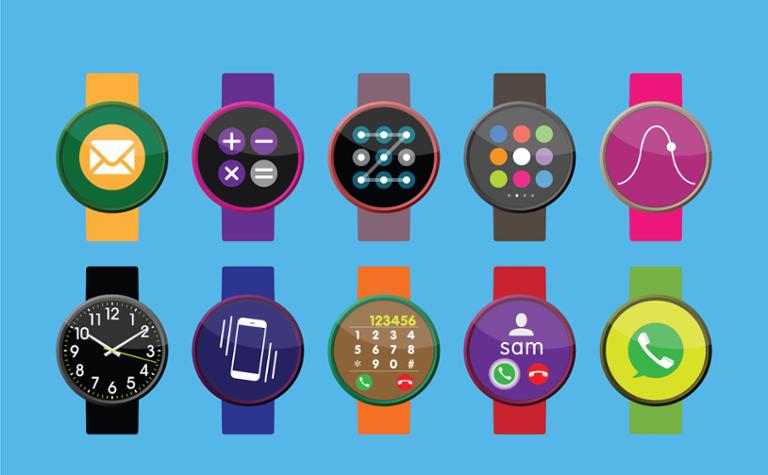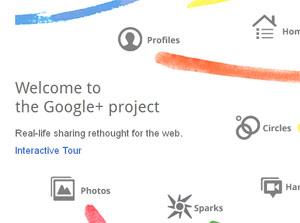Google Positioning Its Smartwatch Efforts as Cross-Platform
Google has decided to rebrand its wearables platform. Formerly known as “Android Wear,” the search engine giant’s smartwatch operating system will now have the moniker of “Wear OS.” If you think that’s a bit similar to watchOS, the operating system for the Apple Watch, you’re not alone. “In 2017, one out of three new Android Wear watch owners also used an iPhone,” read Google’s blog posting announcing the name change. “So as the watch industry gears up for another Baselworld next week, we’re announcing a new name that better reflects our technology, vision, and most important of all—the people who wear our watches.” In other words, Google is trying to rebrand its smartwatch software as cross-platform. This seems like a logical move, considering how Apple’s smartwatch efforts seem to be attracting users after a somewhat-bumpy start, even as Android-based smartwatches have faced notable declines in market-share. But are Apple’s gains due to more iOS users wanting to wear a computer on their wrist, or specific improvements to the Apple Watch, which recently gained cellular capability and better battery life? In any case, Google’s move isn’t entirely out of character. After all, Android became one of the world’s two dominant smartphone operating systems because Google made the decision to open the software to the widest possible manufacturer and developer audience. But increased openness doesn’t always spark more adoption, especially if the core product doesn’t match up to the competition. Google has already rebranded its smartwatch developer site as “Wear OS.” If you’re interested in what it has to offer, and you’re new to smartwatch technology, there are some interesting walkthroughs on the page, including how to build an app and a watch-face, and how to display data. Cross-platform or not, Google recommends using Android Studio and its associated libraries to build smartwatch software; although Wear OS can leverage certain standard Android APIs, there are “watch-specific APIs” that a developer must use, especially in the context of elements such as circular layouts. Developers who focus on iOS may also want to wait and see what Google introduces by way of iOS-specific developer tools. Google clearly wants to take a run at iOS users who are in the smartwatch market, but maybe haven’t yet purchased an Apple Watch (or were disappointed by Apple's take on the concept). What can Google offer those users (and developers) that Apple can’t? One answer: Google Assistant, the "digital assistant" already present on Android smartphones and hardware products such as Google Home. Google may hope that iOS users will want a smartwatch with Wear OS for the pleasure of being able to yell at their wrist for answers. If a Wear OS device integrates with other Google products such as Home and various IoT devices (not to mention Google services such as Google Pay), it could make the value proposition that much more powerful. As always, this might all come down to Google wanting people to use its cloud.

